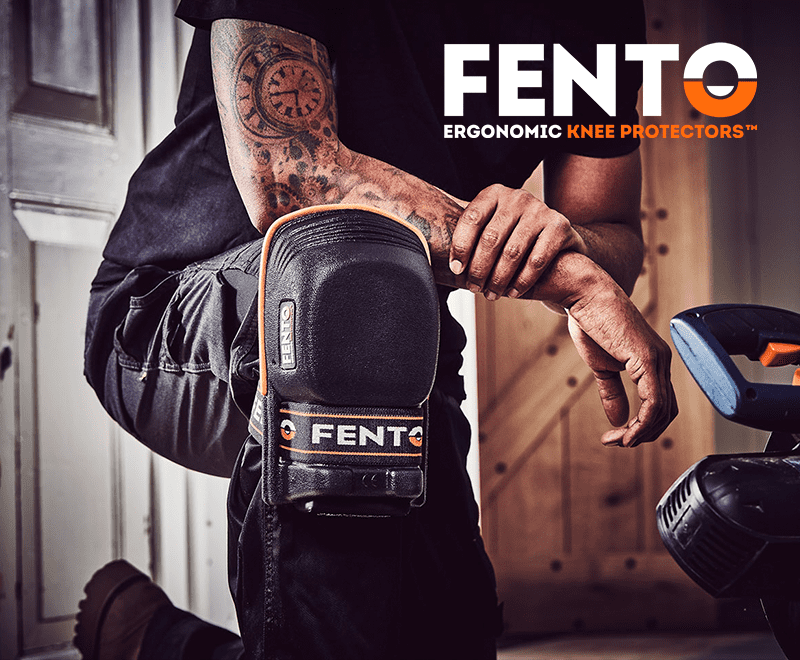Kimberley Cherrington, global brand & marketing communications manager at Microban, explains how we can mitigate the risks of mould growth in high-moisture areas
Mould is a prevalent and persistent issue for buildings in the UK, with studies showing almost two thirds of people have found mould growth in their homes at some point. This unpleasant problem is caused by fungal spores that rapidly proliferate on damp surfaces with a ready food source.
There are numerous locations in a building where mould can take hold, typically those that are exposed to high levels of moisture on a regular basis and are poorly ventilated. The age of the UK housing stock, poor insulation, and inadequate damp proofing all exacerbate the issue, making mould and mildew all-too-common throughout the country.
Bathrooms are a prime location for mould growth, as they are often in constant use throughout the day by multiple people and are unavoidably prone to condensation and damp. On top of this, our everyday hygiene and cosmetics products, coupled with skin and oil deposits, form a perfect source of energy and nutrients for fungal spores. Grouting and ceramic wall and floor tiles are particularly susceptible to these organisms and can quickly become stained, ruining the aesthetics of the bathroom. Mould can even penetrate down into substrate materials and cause permanent structural damage, shortening the lifespan of fixtures, fittings and other items, leading to higher maintenance costs or even the need for replacements. In addition to their unsightly appearance, mould and mildew have also been shown to cause some major health issues, as they release spores that act as allergens, irritants and toxins. People who are routinely exposed to these organisms frequently experience respiratory and skin issues and allergic symptoms, which is especially hazardous for those with a weakened immune system or other underlying medical conditions.
Ventilation and regular surface disinfection can help to prevent fungal spores from establishing themselves and can slow down the growth of mould on ceramics, but superficial cleaning is often insufficient and has limited residual effect. What’s more, the constant scrubbing and harsh chemicals involved in cleaning can also damage surfaces in the long run. Extensive mould and mildew growth can be treated professionally, but at a price; the cost of removing mould from your bathroom varies significantly between companies, with some businesses charging up to £2,200. Mould is clearly a common and potentially expensive problem, further highlighting the need for effective preventive measures.
Antimicrobial additives are emerging as a versatile and affordable solution, and can be incorporated into a variety of ceramic goods, either during the manufacturing stage or post-production as a coating. They then become an intrinsic component of the finished items, and work constantly to inhibit fungal proliferation, keeping surfaces fresher between cleans. For instance, Microban International technology can be applied to a range of ceramic bathroom items such as tiles, bathtubs, toilets and sinks, as well as sealants and grouting to provide protection against mould and mildew growth. This chemistry works by disrupting the metabolism of the spores that cause mould, hindering their ability to survive, reproduce and colonise on a surface from the moment they come into contact with it.
Built-in antimicrobial technologies do not wash off or wear away, complementing existing surface cleaning routines and providing 24/7 protection against fungal spread for the usable lifetime of the product. This added defence helps to prevent the staining, odours and damage that mould inevitably causes on bathroom surfaces, enhancing their durability and lifespan, and helping consumers to avoid unexpected maintenance costs.
www.microban.com









